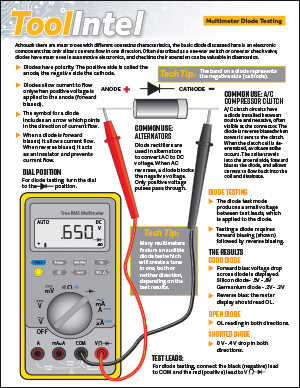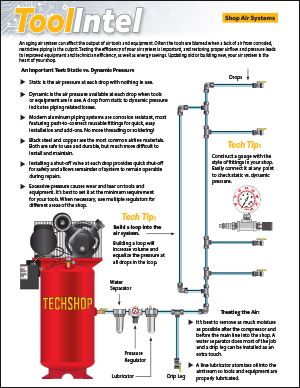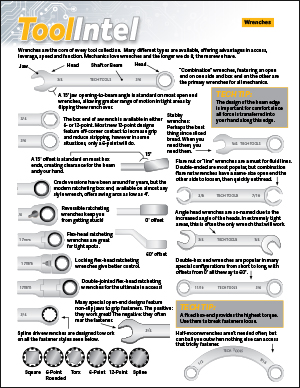By Larry Carley
Technical Editor
When a customer’s A/C system isn’t cooling well and the refrigerant charge is low, you know the system is leaking. The question is where?
Fluorescent leak detection dyes are popular because they’re easy and inexpensive to use. All you need is a bottle of dye (a single dose is typically 1/4 oz.) or refrigerant that has already had dye added to it. The dye may be premixed with the refrigerant, or it can be injected into the system through the low-side service port with a special injector tool that resembles a small caulk gun.
To find the leak, a UV lamp is used to scan all the places where leaks typically occur: the A/C compressor shaft seal, all hose and pipe connections, and the condenser. To enhance visibility, yellow-tinted goggles may also be worn to increase the color contrast between the dye and background.
UV lamps range in size from large 12-volt DC or 110-volt AC models to small battery-powered flashlights. Some of the newer UV lamps use LEDs (Light Emitting Diodes) to create ultraviolet light. LEDs don’t have a filament so they won’t break if somebody drops the lamp.
Electronic Leak Detectors — Heated diode detectors use a heated ceramic diode that generates an electrical current when it comes into contact with halogen gas. This technology is more sensitive and can often detect leaks as small as 0.1 oz. per year, and it is less apt to give false alarms.
Infrared detectors use an “optical bench” that uses an infrared light beam to detect refrigerant. The gas disrupts the light beam and triggers the detector. Infrared detectors are also very sensitive and can detect leaks down to 0.1 oz. per year.














